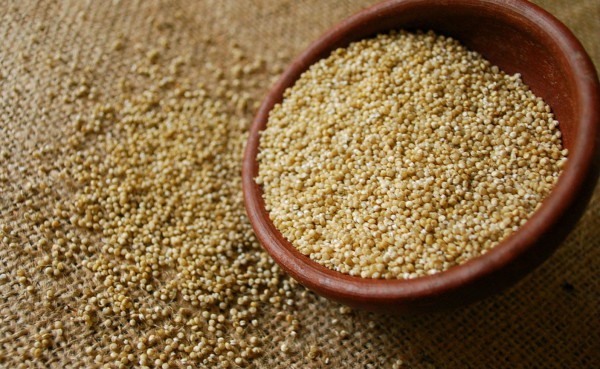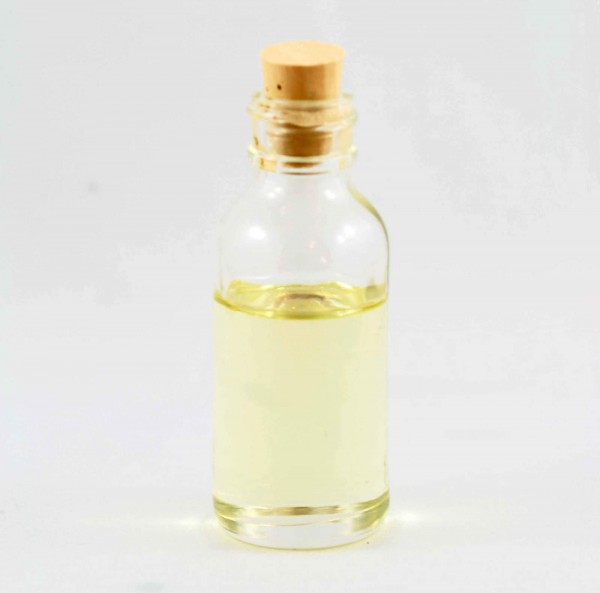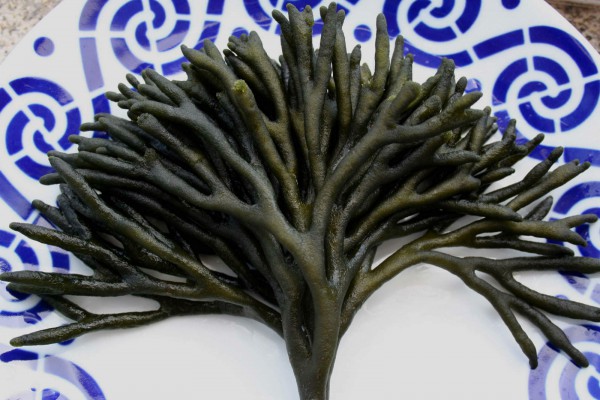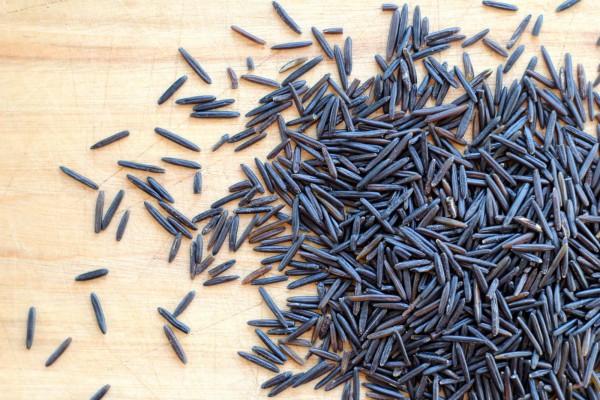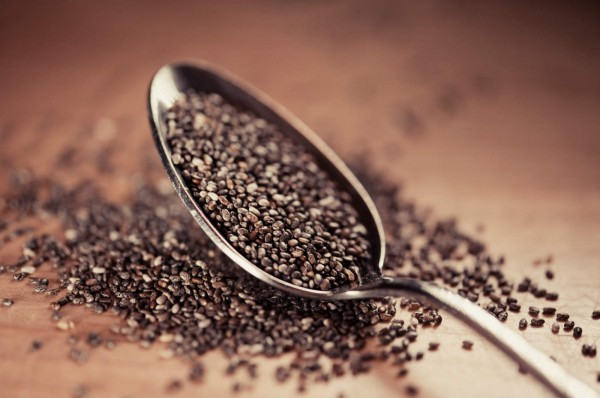
Think you eat pretty well and get enough key nutrients? Hopefully you do, but unfortunately the diets of most Americans are far from ideal.
A recent re-analysis of the National Health and Nutrition Examination Survey (NHANES) from 2001-2008, commissioned by Nature Made, found that the diets of most Americans are lacking in several key nutrients. Even if you eat an appropriate amount of calories, you may not be getting enough important nutrients. Here are some of the nutrients that may be low in your diet, and easy ways to get more.
Vitamin A
If you associate vitamin A with healthy eyesight, you’re correct — vitamin A is one of the most important vitamins for healthy eyes. The vitamin A family also plays a key role in immune function and reproduction. According to the NHANES analysis, 78 percent of U.S. adults don’t get the Recommended Dietary Allowance (RDA) for vitamin A.
How to get more? The highest concentration of vitamin A is found in sweet potatoes. Other good food sources of vitamin A include beef liver, spinach, black-eyed peas, fish, milk, eggs, spinach, and yellow or orange fruits and vegetables (like carrots, squash, cantaloupe, mangos, apricots, and peaches).
Vitamin C
A powerful antioxidant that protects against cell damage, vitamin C boosts the immune system and helps form collagen in the body. It’s also an important ingredient in key bodily processes like protein metabolism and synthesis of neurotransmitters. According to the NHANES analysis, more than half of U.S. adults (56 percent) don’t get the Recommended Dietary Allowance (RDA) for vitamin C.
How to get more? If you think of citrus when you think of vitamin C, you are correct. Other good sources of this power vitamin include sweet red peppers, orange juice, kiwi fruit, broccoli, Brussels sprouts, and cantaloupe — just another reason to eat your daily fruits and vegetables.
Vitamin D
Vitamin D is a nutrient that supports the absorption of calcium and may contribute to the maintenance of a healthy mood. A multitude of studies also support its role in immune health and the reduction of inflammation. According to the NHANES analysis, 99 percent of U.S. adults don’t get the Recommended Dietary Allowance (RDA) for vitamin D.
Surprisingly few foods contain vitamin D, unless it’s added to the food. That’s because your body is meant to get vitamin D through your skin (from sunlight) rather than through food. However, age, altitude, time of year, and other factors can make getting vitamin D from sunlight alone problematic for many people.
How to get more? The best sources of vitamin D from food are fatty fish (like tuna, salmon or mackerel), vitamin D fortified foods (like milk, yogurt, orange juice, and cereal), beef liver, cheese, and egg yolks. However, due to the low intake of vitamin D in the US diet, supplements can be an important source.
For healthy adults, a common supplement recommendation is 1000 IU per day of vitamin D3 (also known as “cholecalciferol”). When choosing a vitamin D (or any) supplement, look for brands that have been tested and verified by third-party organizations, such as United States Pharmacopeia (USP). Always talk to your health care professional to see what supplement regimen is best for you.
Vitamin E
As a powerful antioxidant, Vitamin E protects cells from harmful molecules called free radicals. Vitamin E is also important for healthy blood vessel function and clotting (so when you cut yourself it stops bleeding), as well as for immunity. According to the NHANES analysis, 98 percent of U.S. adults don’t get the Recommended Dietary Allowance (RDA) for vitamin E. While naturally occurring vitamin E exists in eight chemical forms, alpha- (or α-) tocopherol is the only form that is recognized to meet human requirements.
How to get more? The best source of vitamin E is wheat germ oil, with 1 tablespoon providing 100 percent of the daily value. Other top sources of vitamin E include nuts and seeds (almonds, sunflower seeds, hazelnuts), peanuts and peanut butter, and some oils (sunflower oil, soybean oil, corn oil, and safflower oil).
Calcium
Calcium is the most abundant mineral in the body, and the vast majority of it is stored in your teeth and bones. The remaining calcium helps your heart, muscles, and nerves function properly. Some studies suggest that calcium, along with vitamin D, may also play a role in protecting against cancer, diabetes, and high blood pressure – but more research is needed. According to the NHANES analysis, 69 percent of U.S. adults don’t get the Recommended Dietary Allowance (RDA) for calcium.
How to get more? It’s no surprise people think of milk when they think of calcium – dairy products (milk, cheese, and yogurt) contain the highest amounts of naturally occurring calcium. Other sources of calcium include calcium-fortified foods (calcium-fortified orange juice, soymilk, and cereals), dark, leafy greens (kale, spinach, and collards), and some beans (soybeans and white beans).
Magnesium
Magnesium participates in more than 300 reactions in the body and is critical to many bodily functions such as blood glucose control, blood pressure regulation, keeping bones strong, and converting carbohydrates, protein, and fat into energy. Sine magnesium is widely distributed in plant and animal foods and in beverages, it might be surprising that according to the NHANES analysis, 82 percent of U.S. adults don’t get the Recommended Dietary Allowance (RDA) for magnesium.
Low magnesium intake in the U.S. may be due to the fact that some types of food processing, such as refining grains in ways that remove the nutrient-rich germ and bran, can lower magnesium content substantially. Groups most at risk for magnesium deficiency are older adults and those with gastrointestinal diseases, type 2 diabetes or alcohol dependence.
How to get more? Good dietary sources of magnesium are green leafy vegetables (such as spinach), legumes, nuts, seeds, and whole grains. In general, foods naturally containing dietary fiber provide magnesium. Magnesium is also added to some breakfast cereals and other fortified foods.
Omega-3 Fatty Acids
In addition to the nutrients shown to be lacking in the recent NHANES analysis, other nutrient intake surveys show that omega-3 fatty acids are deficient in the American diet. Omega-3 fatty acids are polyunsaturated fatty acids that are considered essential fatty acids. They contribute to heart health, brain health, and may help reduce inflammation.
There are two major types of omega-3 fatty acids in our diets: alpha-linolenic acid (ALA), which is found in some vegetable oils, walnuts, flaxseed, and some green vegetables, and eicosapentaenoic acid (EPA) and docosahexaenoic acid (DHA), which is found in fatty fish. ALA is partially converted to DHA and EPA by the body. Unfortunately, most Americans do not get enough of either type.
How to get more? For good health, you should aim to get at least one rich source of omega-3 fatty acids into your diet every day. This could be through a serving of salmon or other fatty fish, a tablespoon of salad dressing made with canola or soybean oil, a handful of walnuts, or ground flaxseed mixed into your morning smoothie.
For those at risk for heart disease, the American Heart Association recommends a dose of omega-3 (EPA + DHA) of 1 g per day or more. Since this is more than most people get in their diet, omega-3 supplements containing EPA + DHA may be beneficial. When choosing a fish oil supplement, choose a brand that is tested for purity and potency, like Omax3 Ultra-Pure. Before taking any supplement, discuss with your health care provider what regimen is best for you.
Source: Fox News





